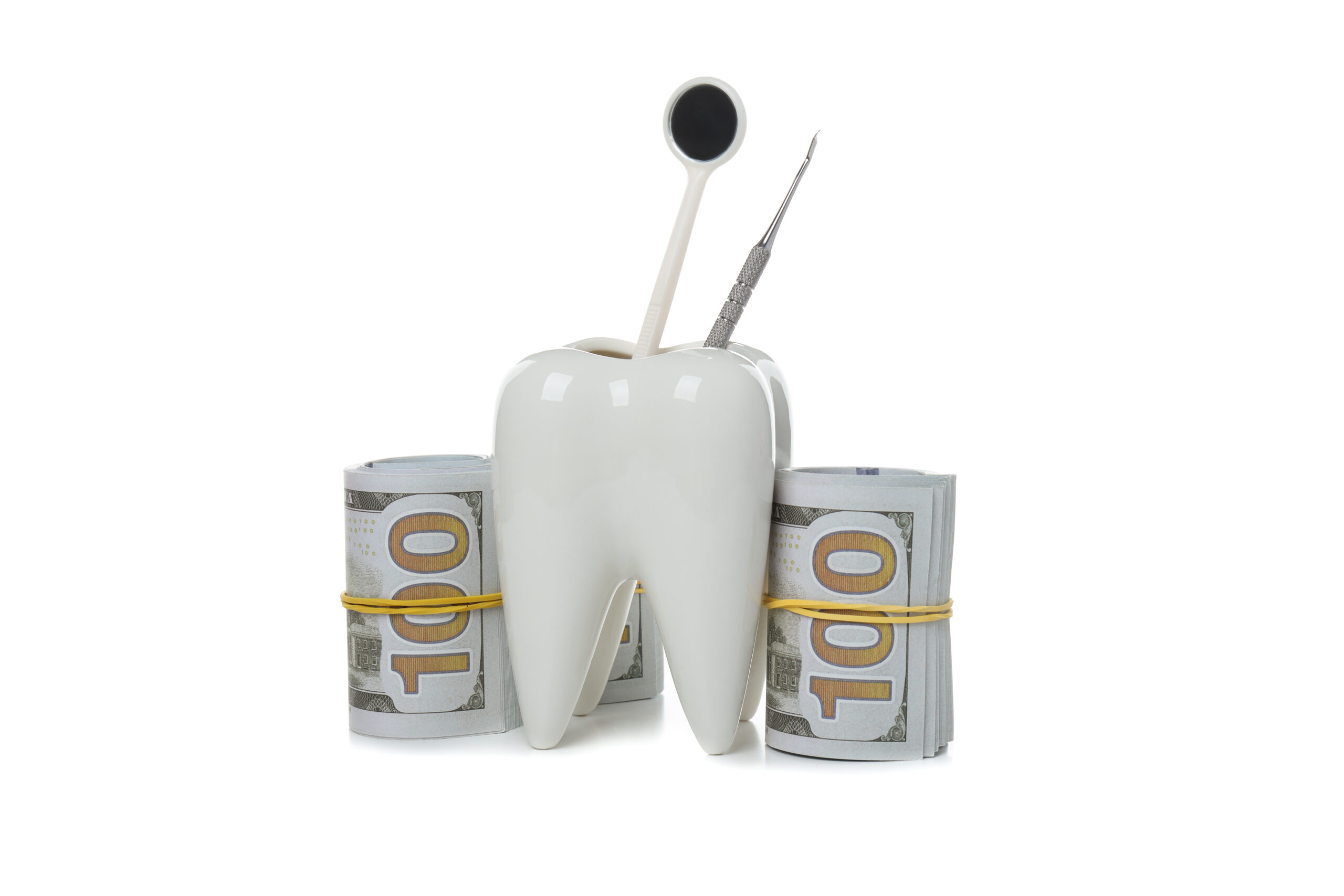Navigating dental insurance can feel overwhelming, especially when you’re not sure how it all works. At its core, dental insurance is designed to help cover the cost of your dental care, making it more affordable to maintain your oral health. Here’s a breakdown of how dental insurance works and what you can expect when using it for your dental visits.
Types of Dental Insurance Plans
There are several different types of dental insurance plans, but the two most common are:
- PPO (Preferred Provider Organization):
- Choose any dentist, but save more with in-network providers
- Out-of-network visits typically cost more but are still partially covered
- One of the most common types of dental insurance
Example: With a PPO plan, you might pay $50 for a cleaning at an in-network dentist, but $75 at an out-of-network dentist.
- HMO (Health Maintenance Organization):
- Choose a primary care dentist from the network
- Referrals needed for specialists
- Out-of-network visits usually not covered
- Often have lower premiums but more restrictions
Example: With an HMO plan, you might pay $30 for a cleaning at your assigned dentist, but the full $150 if you visit an out-of-network dentist.
Common Coverage Categories
Most dental insurance plans divide coverage into three categories:
- Preventive Care:
- Includes regular checkups, cleanings, and X-rays
- Usually fully or mostly covered
- Important for early problem detection and maintaining oral health
Example: Your biannual cleaning and check-up might be covered at 100%, meaning you pay nothing out-of-pocket.
- Basic Care:
- Includes fillings, simple extractions, and some gum care
- Often covered at 70-80%
- You’re responsible for the remaining portion
- Example: For a $200 filling, your insurance might cover $160 (80%), leaving you to pay $40.
- Major Care:
- Includes crowns, bridges, and dentures
- Typically covered at around 50%
- Some plans may cover orthodontics, often with additional coverage or restrictions
Example: For a $1000 crown, your insurance might cover $500, and you’d be responsible for the other $500.
Key Insurance Concepts
- Annual Maximum: The total amount insurance will pay in a given year (typically $1,000 to $2,500)
Example: If your annual maximum is $1,500 and you’ve already used $1,200 for a crown, you only have $300 left for the rest of the year. - Deductible: The amount you pay out-of-pocket before insurance coverage begins
Example: If you have a $50 deductible, you’ll pay the first $50 of dental work each year before your insurance starts covering costs. - Waiting Periods: Time before certain treatments (like major dental work or orthodontics) are covered
Example: Your plan might have a 6-month waiting period for crowns, meaning you’d need to wait 6 months after enrolling before getting coverage for a crown.
In-Network vs. Out-of-Network Coverage
- In-Network: Pre-negotiated rates, lower out-of-pocket costs
- Out-of-Network: May have higher costs, but offers more flexibility in choosing your dentist
Example: An in-network dentist might charge $100 for a filling, while an out-of-network dentist might charge $150. Your insurance company might cover 80% of the in-network rate ($80), leaving you to pay $20 if you visit the in-network dentist, or $70 if you choose the out-of-network dentist.
At Pecan Tree Family Dentistry, we’re an out-of-network provider, offering flexibility while still working with your insurance to maximize benefits.
Why Dental Insurance Matters
Dental insurance encourages regular dental visits by covering preventive care. This helps prevent more serious (and more costly) issues from developing later on. Even without immediate dental concerns, using your insurance for routine exams and cleanings is a smart way to maintain your oral health.
Example: Regular cleanings (often covered at 100%) can help prevent cavities. Treating a cavity early with a filling (partially covered) is much less expensive than needing a root canal and crown later (which would have higher out-of-pocket costs).
How We Can Help
Understanding the ins and outs of your dental insurance plan can be confusing, but we’re here to help. At Pecan Tree Family Dentistry, we’re committed to making dental care as affordable and accessible as possible for every patient. We can:
- Help you understand your coverage
- Assist with filing claims
- Work to maximize your benefits
- Provide transparent pricing information
Example: If you need a crown, we can help you understand how much your insurance will cover, if you’ve met your deductible, and how much you’ll need to pay out-of-pocket. We can also help you time the procedure to make the most of your benefits, such as splitting the treatment between two calendar years if it helps with your annual maximum.
If you have questions about your coverage or need assistance with a claim, feel free to contact us. We’re here to ensure you get the most out of your dental benefits.



